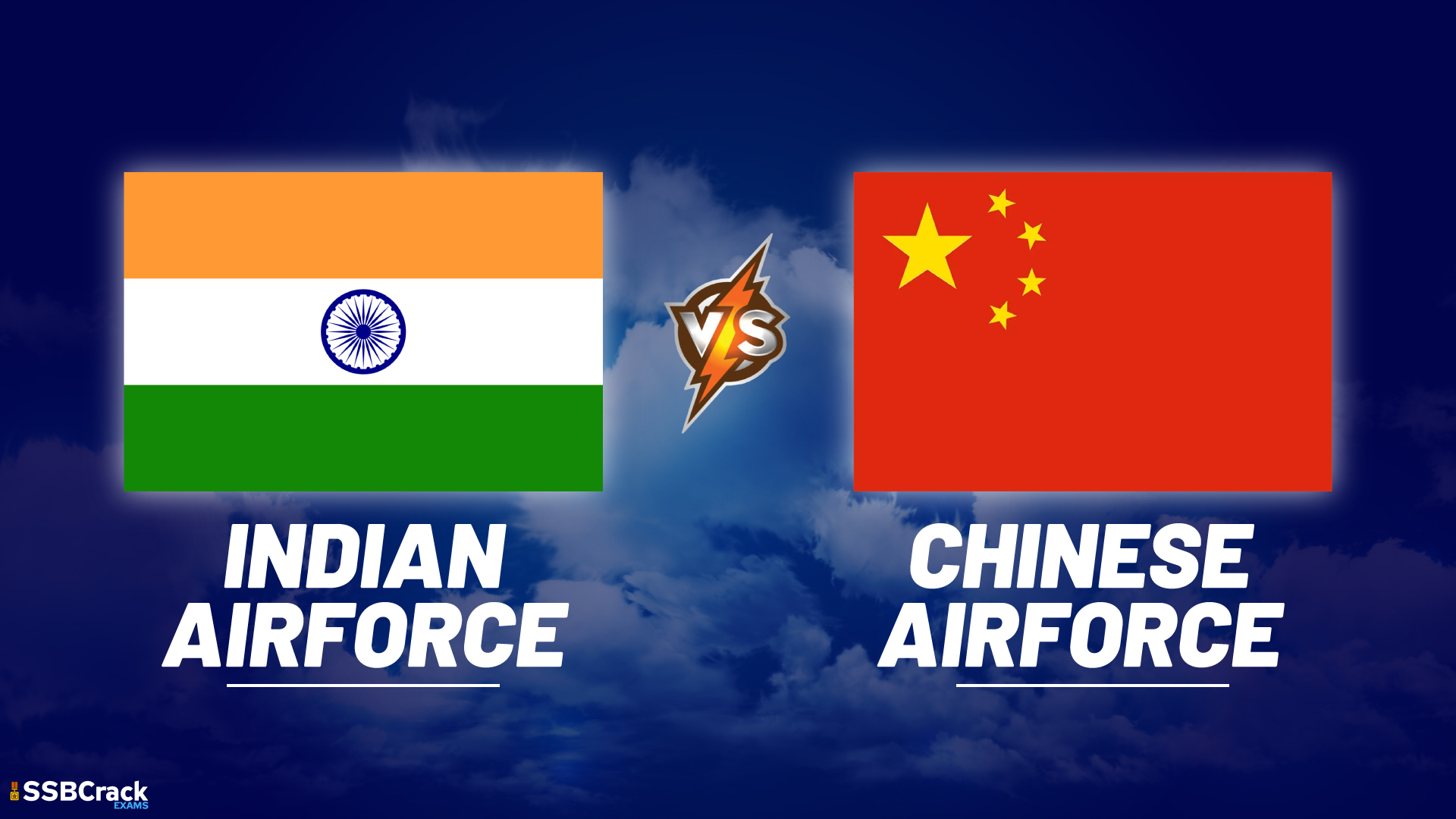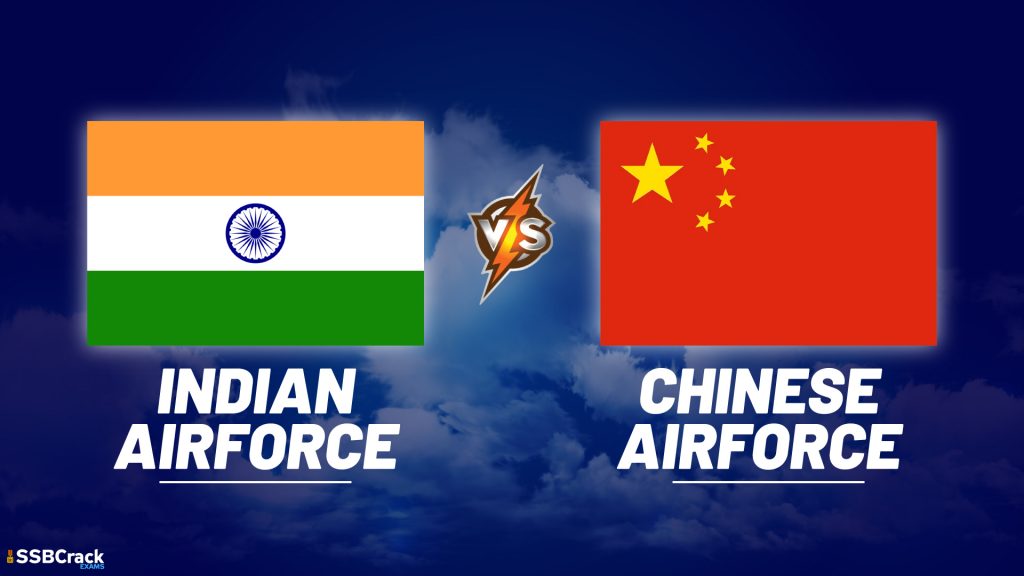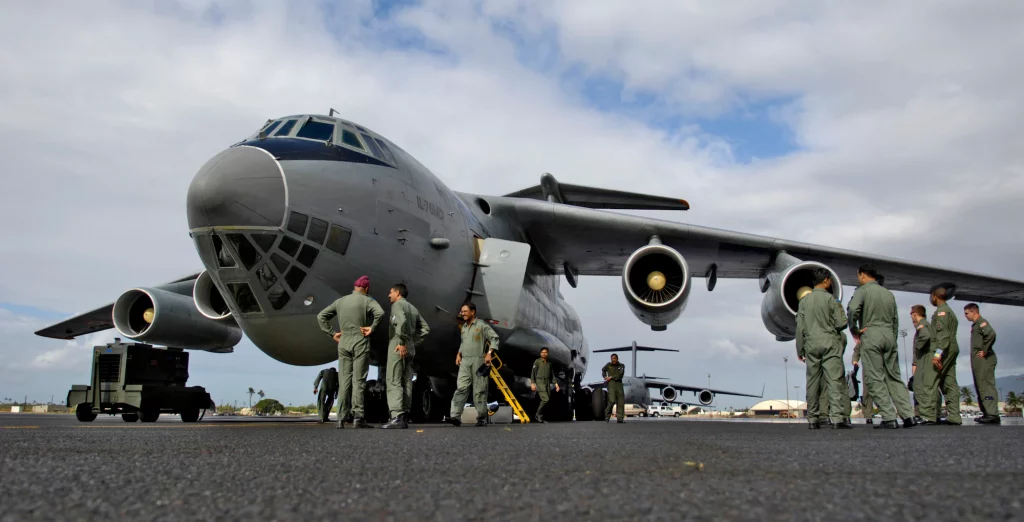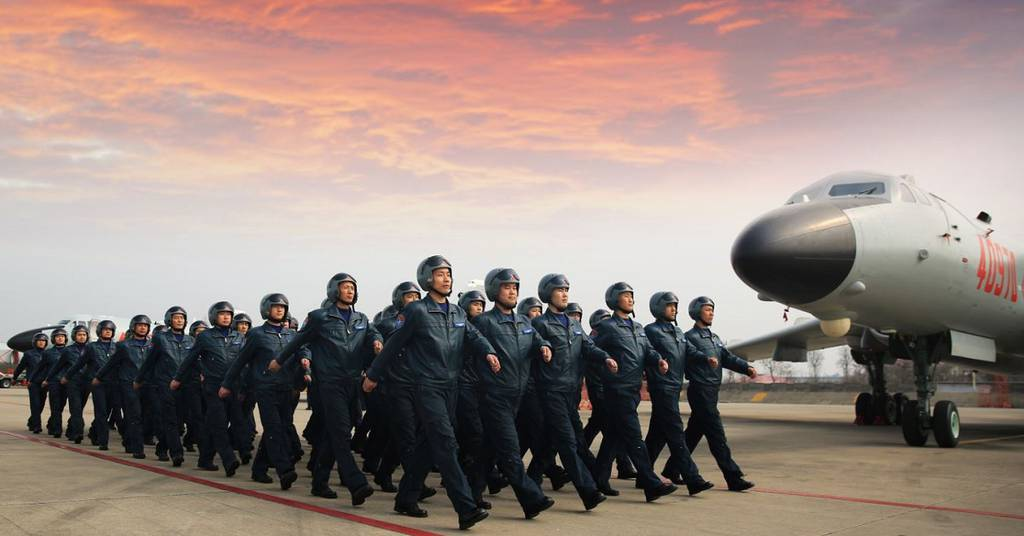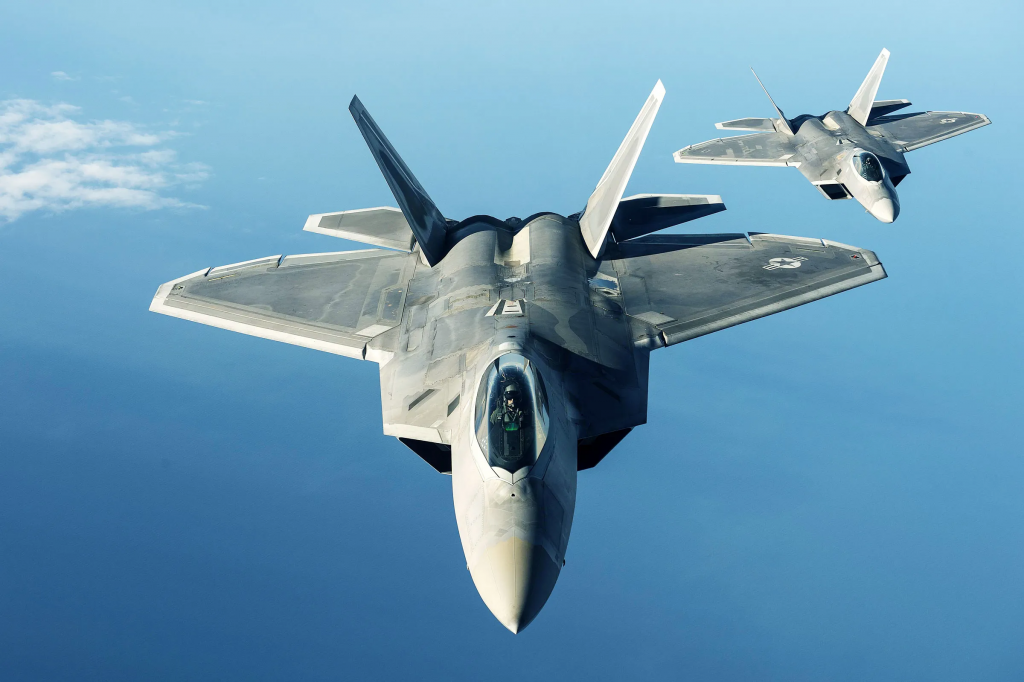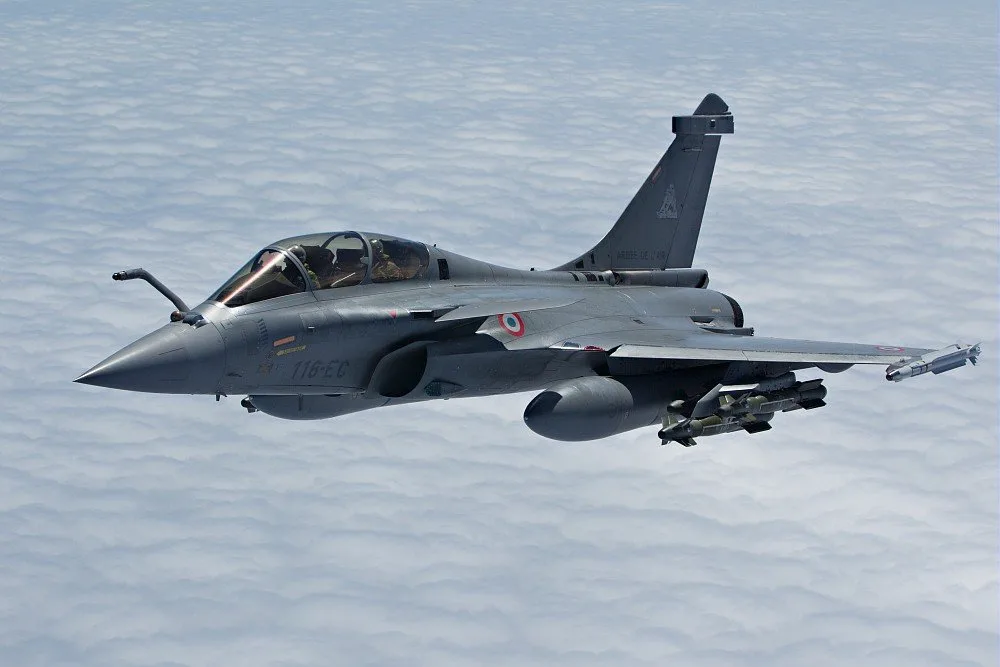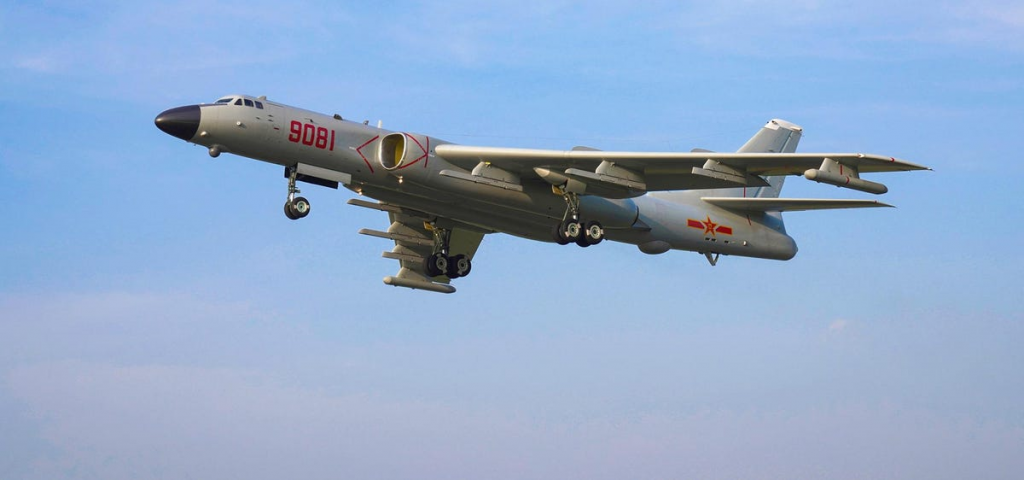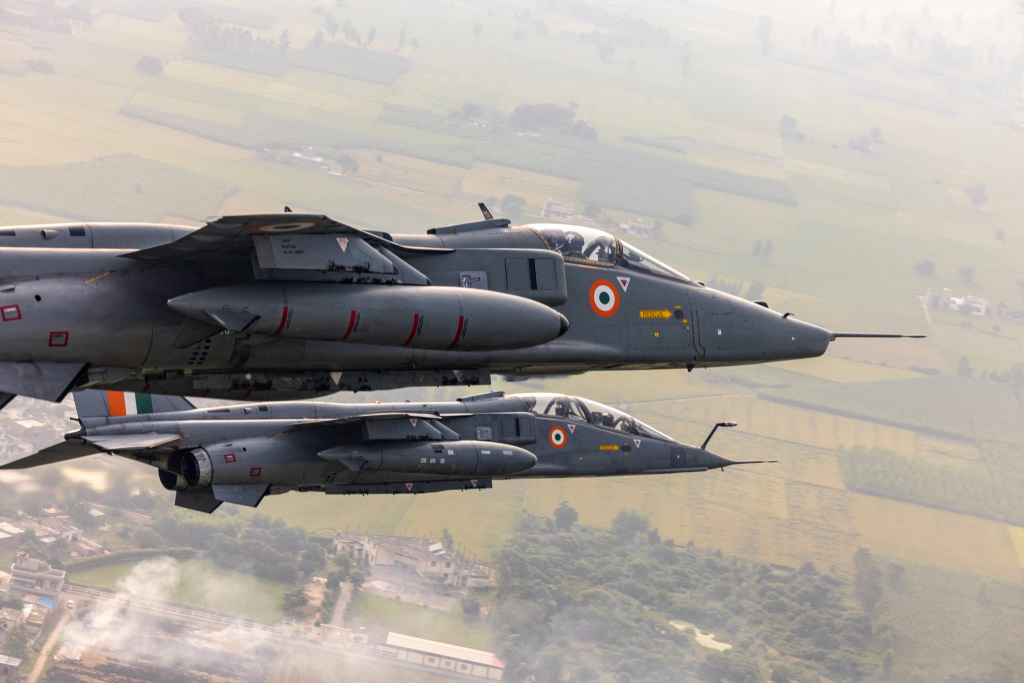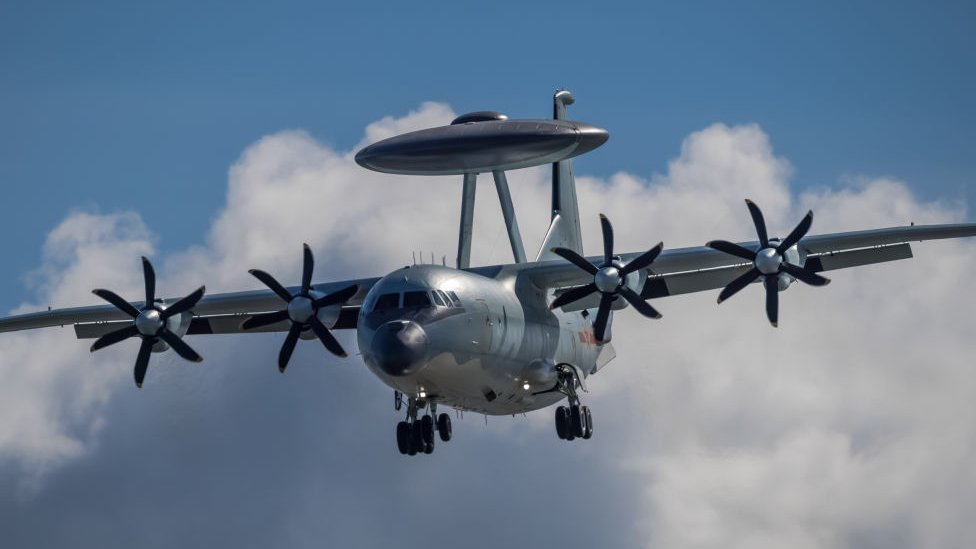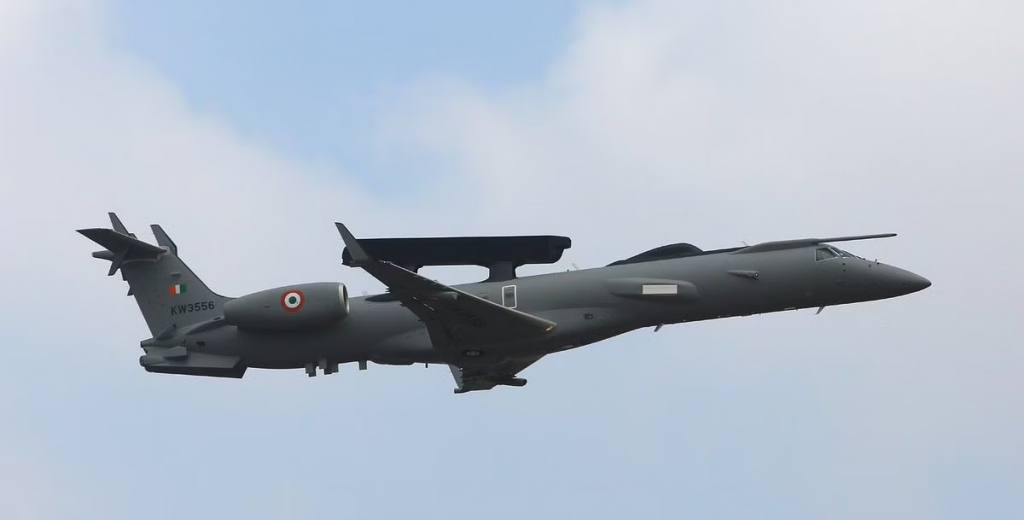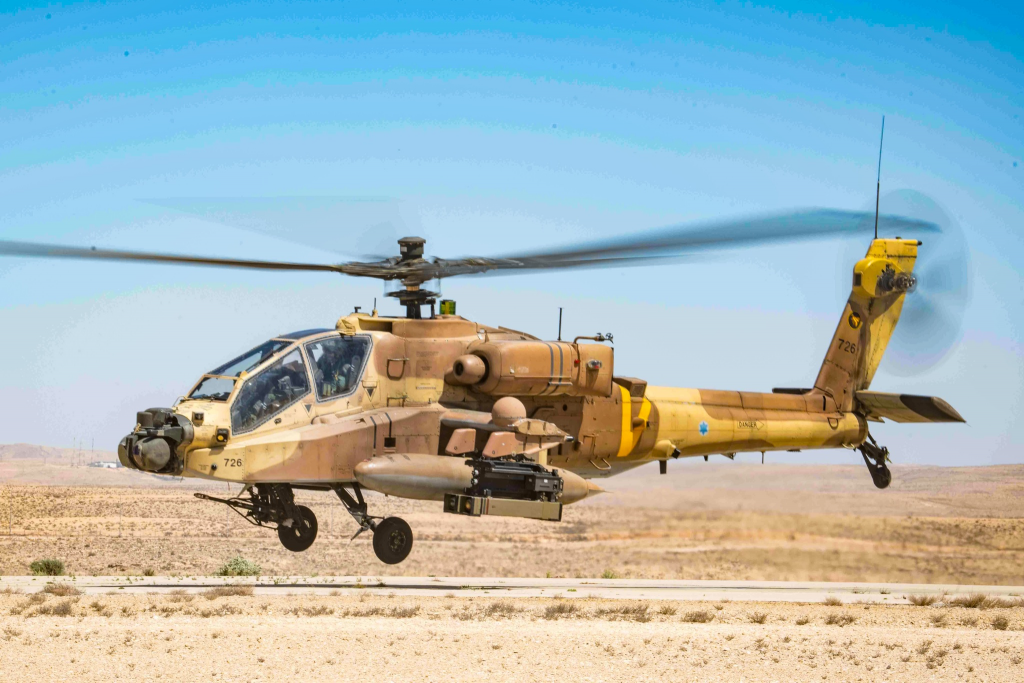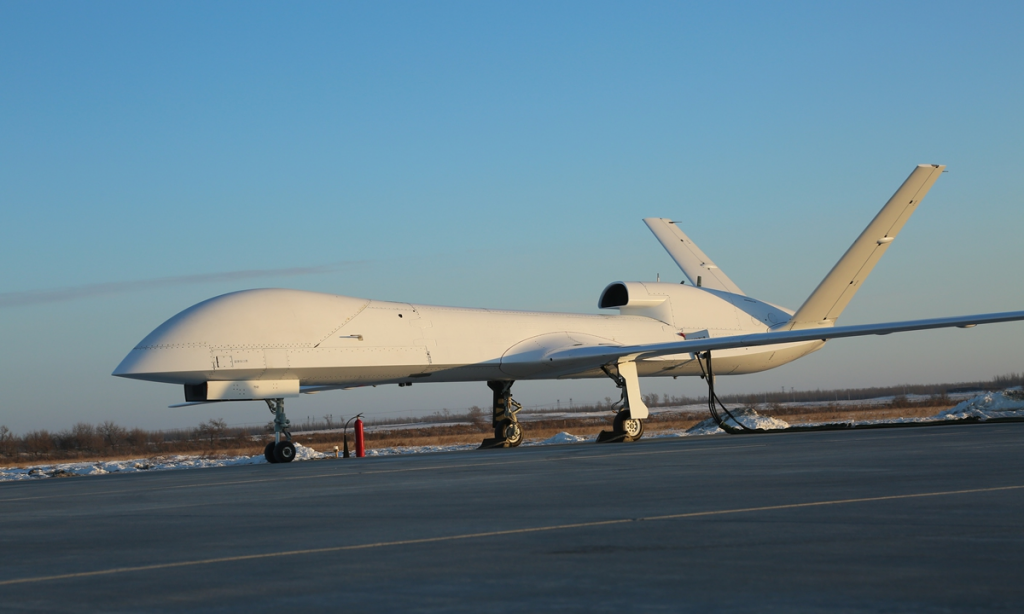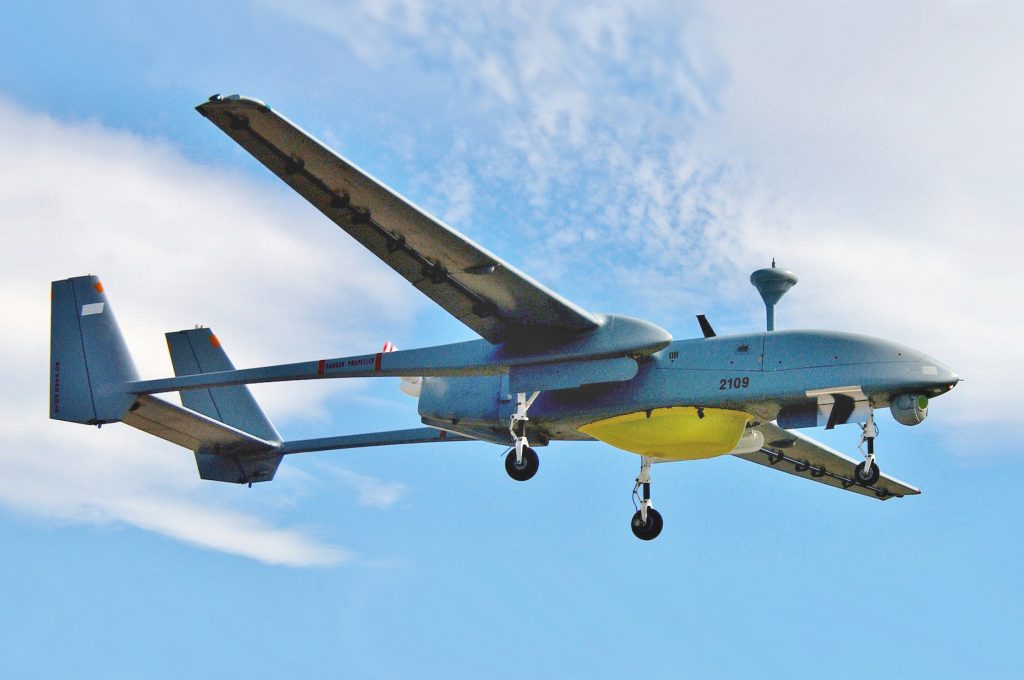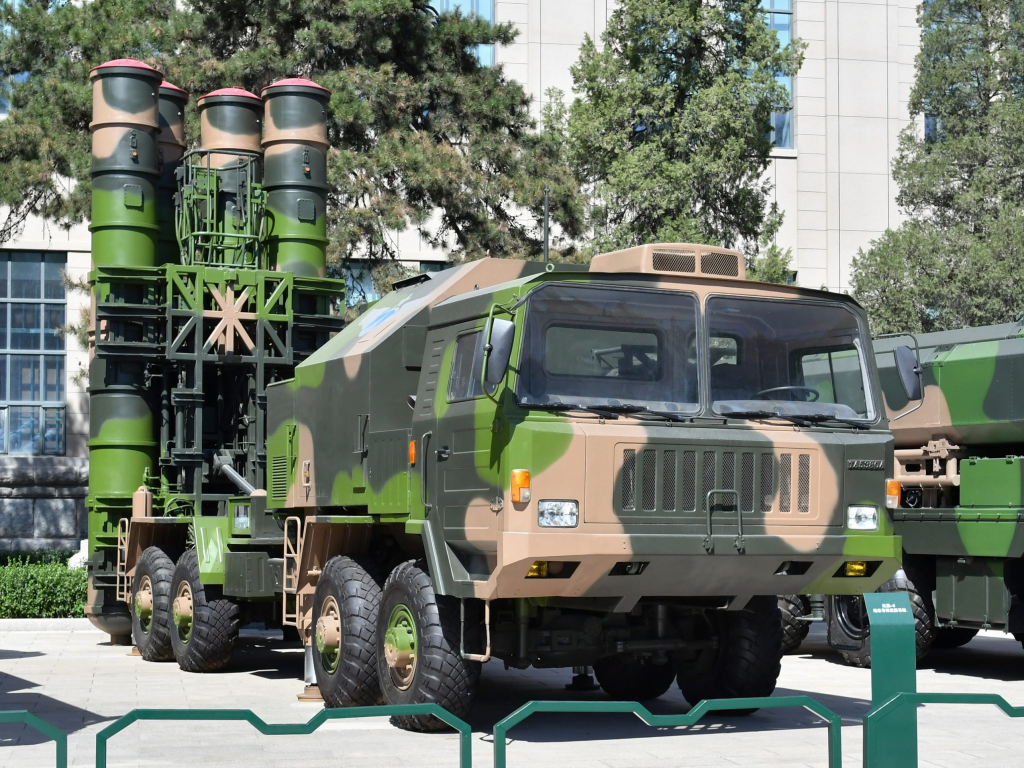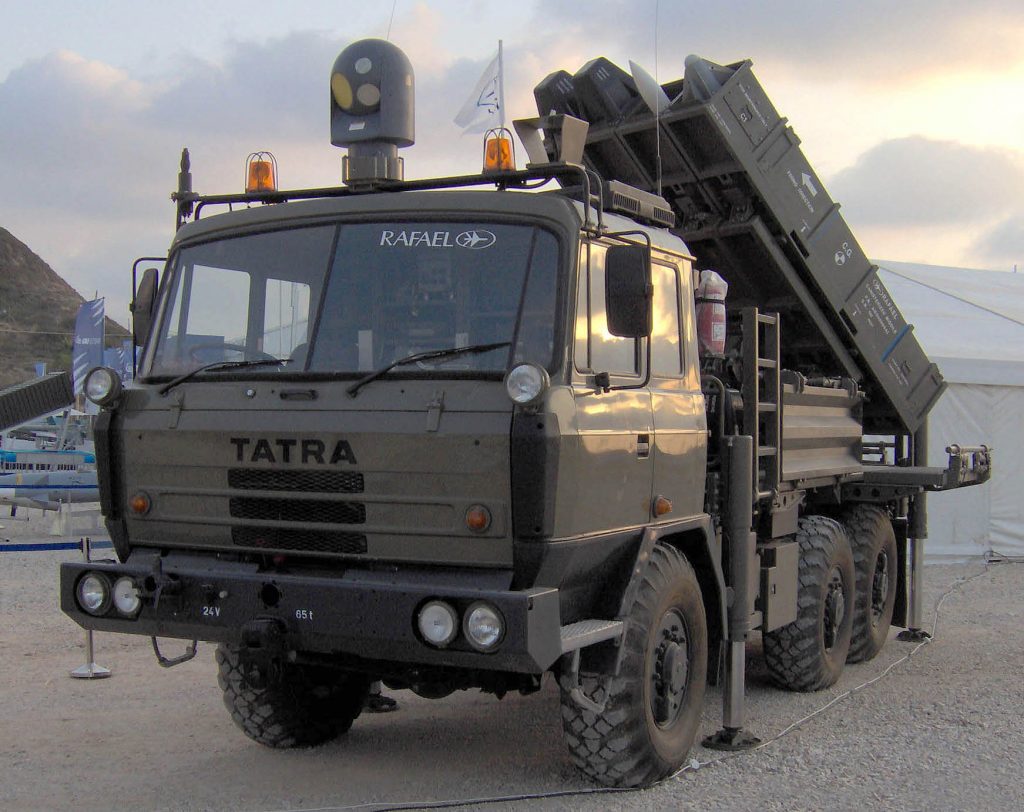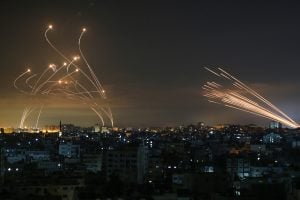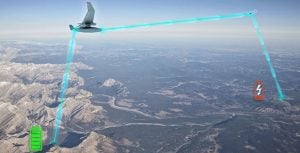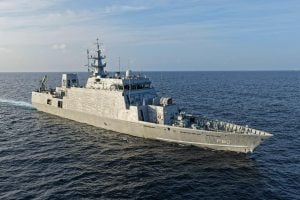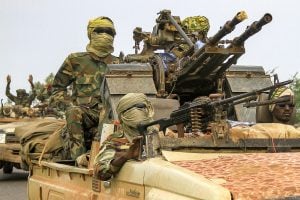Since their inception in the 1950s, both the Indian Air Force (IAF) and the People’s Liberation Army Air Force (PLAAF) has come a long way. The IAF had British and French aircraft in the 1950s, but with the help of the Soviet Union, China, and India soon began setting up facilities for manufacturing military aircraft. During the years of rapprochement, China could also obtain some essential technologies from the United States (US). When China’s economy began to boom in the 1980s, she was able to invest much larger sums in R&D. In the last two decades, India has also welcomed several high-end Russian and Western platforms.
This analysis is based on information that is currently available and technological specifications; however, due to skill levels and conditions-specific adaptability, the real performance of the forces and aerial assets may differ.
Strength of the Chinese Air Force
- IAF is the fourth-largest air force in the world, whereas PLAAF is the third
- The enormous fleet of fighter aircraft and cutting-edge air defense systems operated by the PLAAF present a daunting challenge to the IAF’s small fleet.
- The PLAAF has more than 2,000 combat aircraft in its inventory, which is more than twice as many as the IAF’s 900 combat aircraft.
- Compared to the IAF, the PLAAF boasts a fleet of long-range strategic bombers and more strategic assets, including combat drones and airborne warning and control system (AWACS) aircraft.
India’s Advantages
- The pilots of the IAF have first-hand knowledge of high-altitude combat missions.
- The strategic placement of sites close to the LAC ensures that India’s aircraft assets would receive unbroken support.
- During conflicts, combat-proven aerial assets like the AH-64E Apache and CH-47F Chinook assure dependability. At the same time, the current fleet of transport aircraft ensures quick delivery of supplies and equipment to the operational regions.
- Although the IAF Rafale, a 4.5-generation aircraft, is considered superior, the PLAAF has begun introducing the J-20, which was touted as a fifth-generation fighter for its stealth features.
IAF and PLAAF Force composition
The IAF includes seven commands, including Western, Eastern, Central, South Western, Southern, Training, and Maintenance, and is led by the Chief of the Air Staff (CAS). About 140,000 people are on the IAF’s active duty roster.
With an estimated 330,000 active-duty personnel, the PLAAF is organized into five commands: Eastern Theatre Command, Southern Theatre Command, Western Theatre Command, Northern Theatre Command, and Central Theatre Command.
Fleet comparison: China faces difficulties along the border due to the high-height fleet of the PLAAF is roughly two to one more than that of the IAF. With more than 2,700 aircraft, including 2,000 combat aircraft such as fighters, bombers, and multisession tactical and attack aircraft, the PLAAF is the third-largest in the world.
IAF vs PLAAF: Fighter aircraft
According to the most recent estimates, the Indian Air Force employs more than 1,700 aircraft, including about 900 combat aircraft. Since many IAF aircraft can fly at high altitudes in any weather with assistance from adjacent airbases, India is better equipped than China in the event of a high-altitude war. Due to the bad weather at its air bases in Tibet, PLAAF aircraft may have to travel with restricted supplies and fuel.
At least 600 fourth-generation fighters, including the J-10B/C, J-11B, J-16, and Su-30, are currently operational in the PLAAF. Additionally, it has dabbled with the creation of fifth-generation fighters such as the J-20 and FC-31/J-31.
With the addition of Rafale fighters, the IAF will be able to continue to outperform China’s J10, J11, and Su-27 fighter aircraft in air combat. The Rafale aircraft is anticipated to constitute a serious danger to Chinese aerial assets thanks to its MICA BVR and Meteor’s very long-range air-to-air missiles.
Other than that, the Sukhoi Su-30MKI is the IAF’s main air superiority fighter and can carry out air-to-ground strike operations. In addition to operating around 270 Su-30MKIs, the Indian Air Force is fielding fourth-generation multi-role light fighters from HAL to replace its aging MiG-21 interceptor aircraft.
For India, not having a strategic bomber fleet could be detrimental.
The H-6 Badger bomber variants make up China’s bomber fleet. Six land-attack cruise missiles (LACMs) may be carried by the long-range aircraft, giving the PLAAF the potential to launch long-range, precise strikes against any location in India.
The IAF, on the other hand, has few choices for using its AN-32 transport planes and multi-role fighters in bombing operations and lacks a strategic bomber force.
Early-Warning Systems
The PLAAF’s inventory of about 20 AWACS and AEW&C aircraft, which outnumbers the IAF fleet of five aircraft, has the ability to influence the outcome of a confrontation or a full-fledged war.
China’s force multipliers are the KJ-2000 Mainring (based on the Ilyushin Il-76), KJ-200 Moth (Shaanxi Y-8), and KJ-500 (Shaanxi Y-9), which increase the country’s capacity to identify, monitor, and target threats. The IAF currently uses both the EL/W-2090 Phalcon AEW&C installed on the Beriev A-50 platform and the locally designed DRDO AEW&C system based on the Embraer ERJ 145 aircraft.
IAF’s modern strategic air lifters, such as the C-17 and C-130J, allow quick delivery of equipment and supplies to air bases close to the LAC, which is essential for ground forces on the battlefield. Transport aircraft: IAF fleet edges ahead. The IAF’s fleet of transport aircraft includes the C-17 Globemaster III, C-130J-30, Ilyushin Il-76, Antonov An-32, and Dornier Do 228. The Y-20 heavy transport aircraft and the Russian-built Il-76 aircraft are included in the PLAAF’s comparatively limited fleet of strategic airlift assets.
Helicopters: IAF is a formidable contender thanks to its inventory of modern rotorcraft.
India is a significant competitor to China thanks to its fleet of modern rotorcraft. While the HAL Light Combat Helicopters (LCH) and HAL Rudra attack helicopters are exclusively used for combat missions, the IAF’s CH-47F Chinook, Mil Mi-26, Mil Mi-8, Mil Mi-17, Mi-17 1V, and Mi-17V 5 are designed for heavy and medium-lift strategic and utility tasks.
The IAF would be able to conduct day/night, all-weather attack missions thanks to the recently introduced Boeing AH-64E Apache attack helicopters, especially in the challenging mountainous areas along the Indo-China frontiers.
The WZ-10 attack helicopter, Mil Mi-8, Harbin Z-9 utility helicopter, and Changhe Z-8 transport/utility helicopter are all flown by the PLAAF.
Unmanned Aerial Vehicles – UAVs
In order to perform sorties and operations close to the borders without running the risk of endangering their manned aircraft and crew, the PLAAF benefits from having a sizable UAV fleet.
The PLAAF utilizes armed reconnaissance unmanned aerial vehicles (UAVs) of the Yunying (CloudShadow) and Gongji 1 series, as well as armed intelligence, surveillance, and reconnaissance (ISR) UAVs of the CH-4 and CH-5 series, and unmanned aircraft of the Yilong (Wing Loong) series, which are capable of transporting two or more air-to-surface guided munitions.
The IAF, on the other hand, uses a smaller UAV fleet for reconnaissance and surveillance operations, which comprises IAI Searcher II and IAI Heron.
Aerodynamic Defence Systems
Long-range air defense systems that can fend off possible aerial attacks from the IAF are a benefit held by the PLAAF. Chinese air defense units are made up of both active duty and reserve personnel. To protect moving forces, active-duty units are equipped with tactical anti-aircraft missiles, artillery, gun, and missile systems, as well as man-portable anti-aircraft missile systems.
Reserve artillery troops, divided by divisions and specialized brigades, defend China’s urban centers and vital economic hubs from aerial threats. In contrast, India has not yet created a new air defense command inside the IAF to manage all long-range missiles and air defense resources to fend off enemy attacks.
Additionally, the PLAAF is equipped with long-range surface-to-air defense systems including HQ-9, S-300, and S-400 to defend against incoming aircraft, unmanned aerial vehicles, and cruise missiles. On the other hand, India has a stockpile of air defense missile systems like the Spyder, Barak 8, and Akash that can engage targets up to 100 kilometers away.
To crack the SSB Interview, You can join our SSB interview live classes batch and we recommend you Enroll SSB INTERVIEW ONLINE COURSE. Trusted by thousands of defence aspirants.
Also Read:
